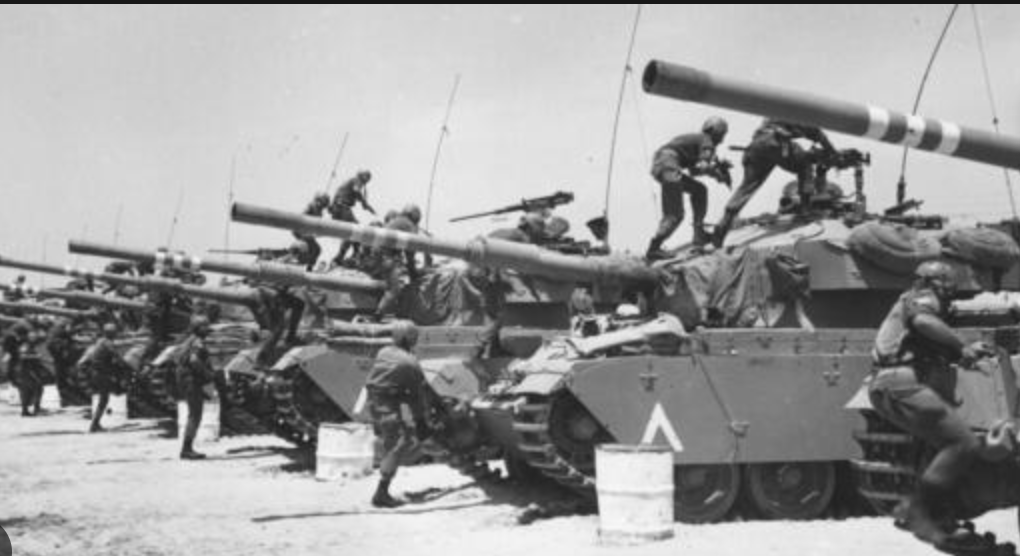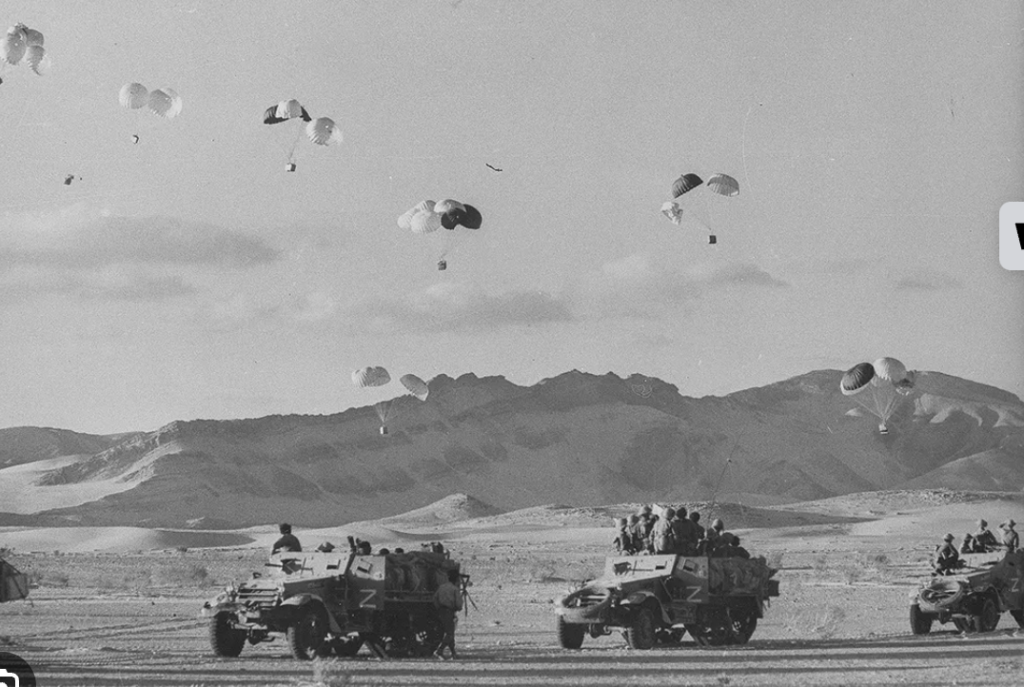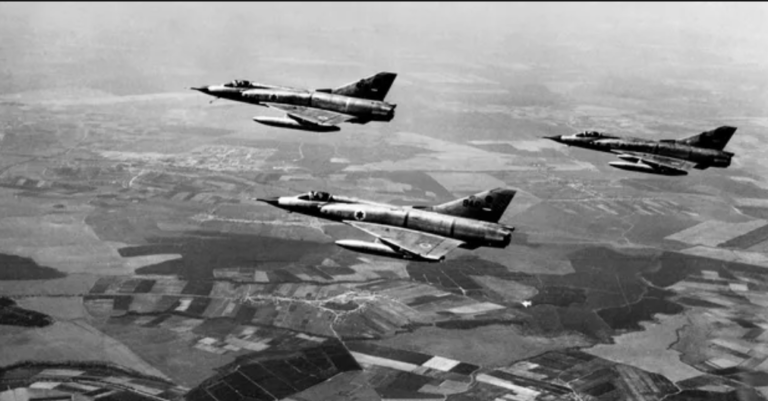



The Six day war was a major part of the Arab-Israeli conflict because it played a huge part in redrawing the region’s landscape. The six day war is said to be the most important and most researched event in the Middle East since the creation of the State of Israel in 1948. (Wilson Center)
The Six day war was a war fought between Israel and the Arab countries of Egypt, Syria, and Jordan that lasted from June 5, 1967 to June 10, 1967. With Israel losing around 1000 men and the combined troops of the Arab countries losing over 20000 soldiers.
Before the war, tensions between Israel and it’s surrounding countries were high. A lot of this tension was caused and amplified by Palestinian guerrilla attacks from bases in Syria. These attacks were due to the fact that Syria’s leaders believed that Palestine should be liberated. (Britannica) Syria’s information minister, Mohamoud Zubí even said “(this battle will be)…followed by more severe battles until Palestine is liberated and the Zionist presence ended.” (Timeline) on April 8th 1967, just two months before the six day war.
This hostility of Israel in response to these attacks led Syria to believe that an attack from Israel was impending. Because of this fear, they appealed to Egypt for support. In response, Egypt removed its UN peacekeeping forces from the Sinai peninsula and instead moved troops there. Egypt also signed a defense contract with Jordan. A UN ambassador spoke on these strategic moves and said, “An army, greater than any force ever assembled in history in Sinai, had massed against Israel’s southern frontier. Egypt had dismissed the United Nations forces which symbolized the international interest in the maintenance of peace in our region. Nasser had provocatively brought five infantry divisions and two armored divisions up to our very gates; 80,000 men and 900 tanks were poised to move.”(Jewish Library)
Israel was surrounded by these countries and began to feel like an Arab attack was imminent, so they launched an attack against the three Arab states on June 5, 1967. The war lasted six days as the name suggests, and in those six days, Israel managed to beat all three Arab armies and gain control of territory making its new boundaries almost four times its original size.
After the war, Israel occupied new territory that included the Sinai Peninsula, Gaza Strip, West Bank of the Jordan River, the Old City of Jerusalem, and the Golan Heights. (Why was the Six-Day War a turning point?)Over 300,000 Palestinians were forced to flee from the West Bank and 100,000 Syrians were forced to flee from the Golan Heights. It created hundreds of thousands of refugees and brought more than one million Palestinians under Israeli rule. The occupation of these areas became a major point of tension between the two sides. This victory established Israel as a preeminent military power in the region and a regional powerhouse.
June 5, Day 1 – Israel destroys most of Egyptian air force. Jordan, Syria and Iraq attack Israel
June 6, Day 2 – Fighting continues on all fronts.
June 7, Day 3 – Jerusalem taken. Blockade of Straits of Tiran broken.
June 8, Day 4 – Israel consolidates hold on West Bank.
June 9, Day 5 – Israel and Syria in heavy fighting on the Golan.
June 10, Day 6 – Israel gains control of the Golan Heights.


2 Comments
It is interesting how Israel was able to defeat all 3 Arab states by themselves
I love the use of the photo gallery. I think placing it at the beginning of the article and using a variety of photos for example a photo of a wounded solider sandwiched by photos of heavy artillery, spark a human connection that makes the following article even more impactful to readers.